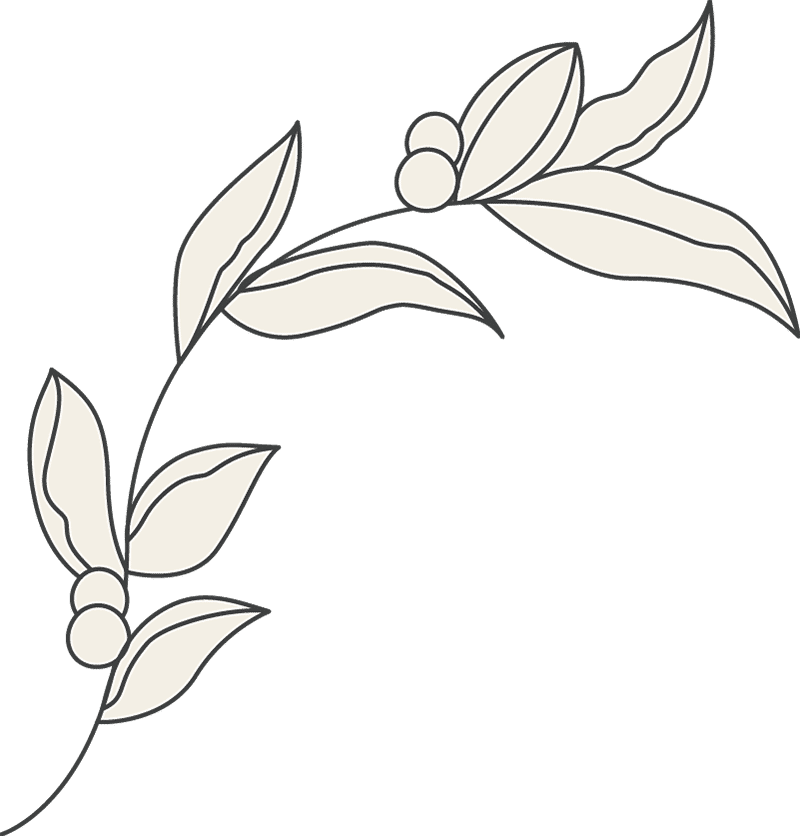Organically Grown
What are Vanilla Beans?
Vanilla beans, derived from the orchid species Vanilla planifolia, are widely known for their sweet aroma and culinary applications. However, their potential in skincare has gained significant attention due to their rich composition of bioactive compounds. These compounds, including vanillin and various phenolics, offer antioxidant, anti-inflammatory, and antimicrobial properties, making vanilla an exceptional ingredient in natural skincare formulations.
Historically celebrated in traditional medicine, vanilla has been used for its soothing and restorative effects on the skin. Modern research further validates its therapeutic benefits, highlighting its role in promoting skin health and healing.
Why We Love It
Antioxidant Protection: Vanilla beans are rich in vanillin, a compound with strong antioxidant properties. Studies reveal that vanilla extracts effectively neutralize free radicals, protecting skin cells from oxidative stress and environmental damage. This antioxidant activity helps prevent premature aging and maintains skin vitality (Shyamala et al., 2007).
Anti-Inflammatory Benefits: The phenolic compounds in vanilla have demonstrated anti-inflammatory effects, making it an excellent choice for soothing irritated skin. Vanilla extracts can help reduce redness, swelling, and discomfort associated with conditions like eczema and dermatitis, promoting faster healing and skin restoration (Sikarwar, 2024).
Antimicrobial Properties: Vanillin, a key constituent of vanilla beans, exhibits bacteriostatic effects against both Gram-positive and Gram-negative bacteria. This makes vanilla a valuable ingredient for topical applications aimed at preventing infections in minor cuts, abrasions, and acne-prone skin, while supporting a balanced skin microbiome (Zhang, 2023).
Traditional Soothing Agent: In Ayurvedic practices, vanilla has long been recognized for its skin-soothing properties. Its calming effects make it a popular choice for alleviating skin discomfort and promoting relaxation, adding a touch of holistic care to skincare routines (Sikarwar, 2024).
References
- Shyamala, B., et al. (2007). Studies on the antioxidant activities of natural vanilla extract and its constituent compounds through in vitro models. Journal of Agricultural and Food Chemistry, 55(19), 7738-7743. Link
- Sikarwar, P. (2024). Vanilla: a review of powerful herb with ayurvedic medicinal properties. International Journal of Environment and Climate Change, 14(2), 809-817. Link
- Zhang, X. (2023). H‐bond modulation mechanism for moisture‐driven bacteriostat evolved from phytochemical formulation. Advanced Functional Materials, 34(13). Link


